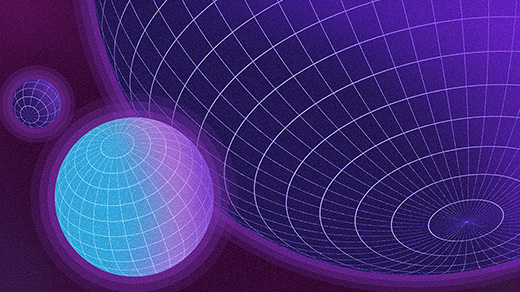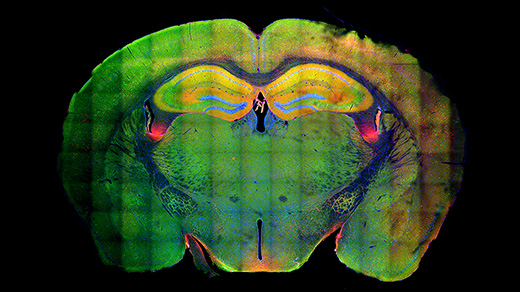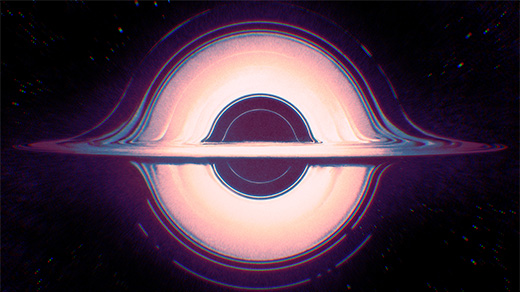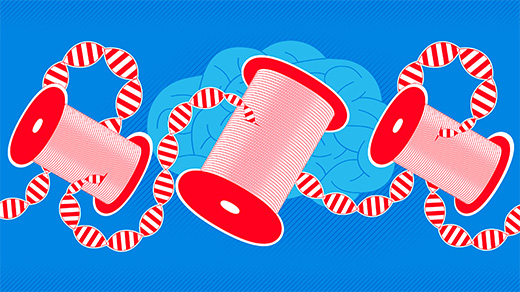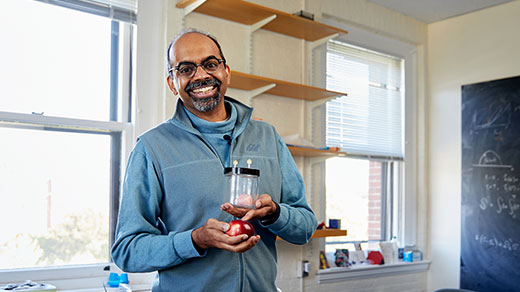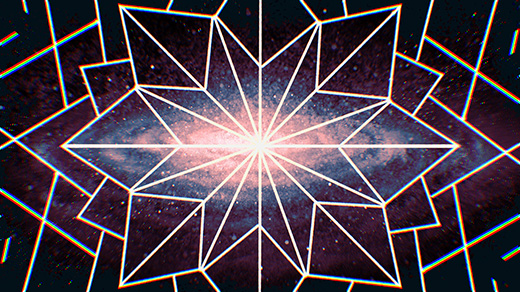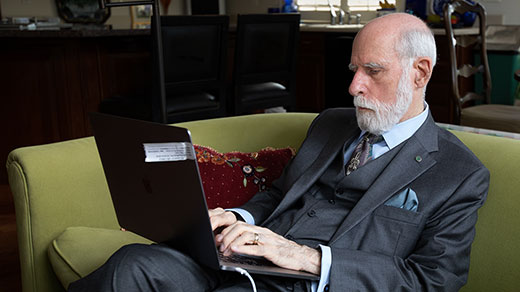Archive
Latest Articles
Debate Erupts Over How ‘Forbidden’ Black Holes Grow
Once missing in action, middleweight black holes have finally been detected. Now researchers are trying to figure out how they grow from small ones.
Brain Cell DNA Refolds Itself to Aid Memory Recall
Researchers see structural changes in genetic material that allow memories to strengthen when remembered.
The Most Famous Paradox in Physics Nears Its End
In a landmark series of calculations, physicists have proved that black holes can shed information.
Deep Neural Networks Help to Explain Living Brains
Deep neural networks, often criticized as “black boxes,” are helping neuroscientists understand the organization of living brains.
The Epigenetic Secrets Behind Dopamine, Drug Addiction and Depression
New research links serotonin and dopamine not just to addiction and depression, but to the ability to control genes.
A Scientist Who Delights in the Mundane
From crumpled paper to termite mounds to three-sided coins, L. Mahadevan has turned the whole world into his laboratory.
A New Map of All the Particles and Forces
We’ve created a new way to explore the fundamental constituents of the universe.
The Hidden Structure of the Universe
Our new series of articles explores the search for fundamental structure at the edge of science.
To Boldly Go Where No Internet Protocol Has Gone Before
Vinton Cerf helped create the internet 40 years ago, and he’s still working to connect people around the world — and off it.
